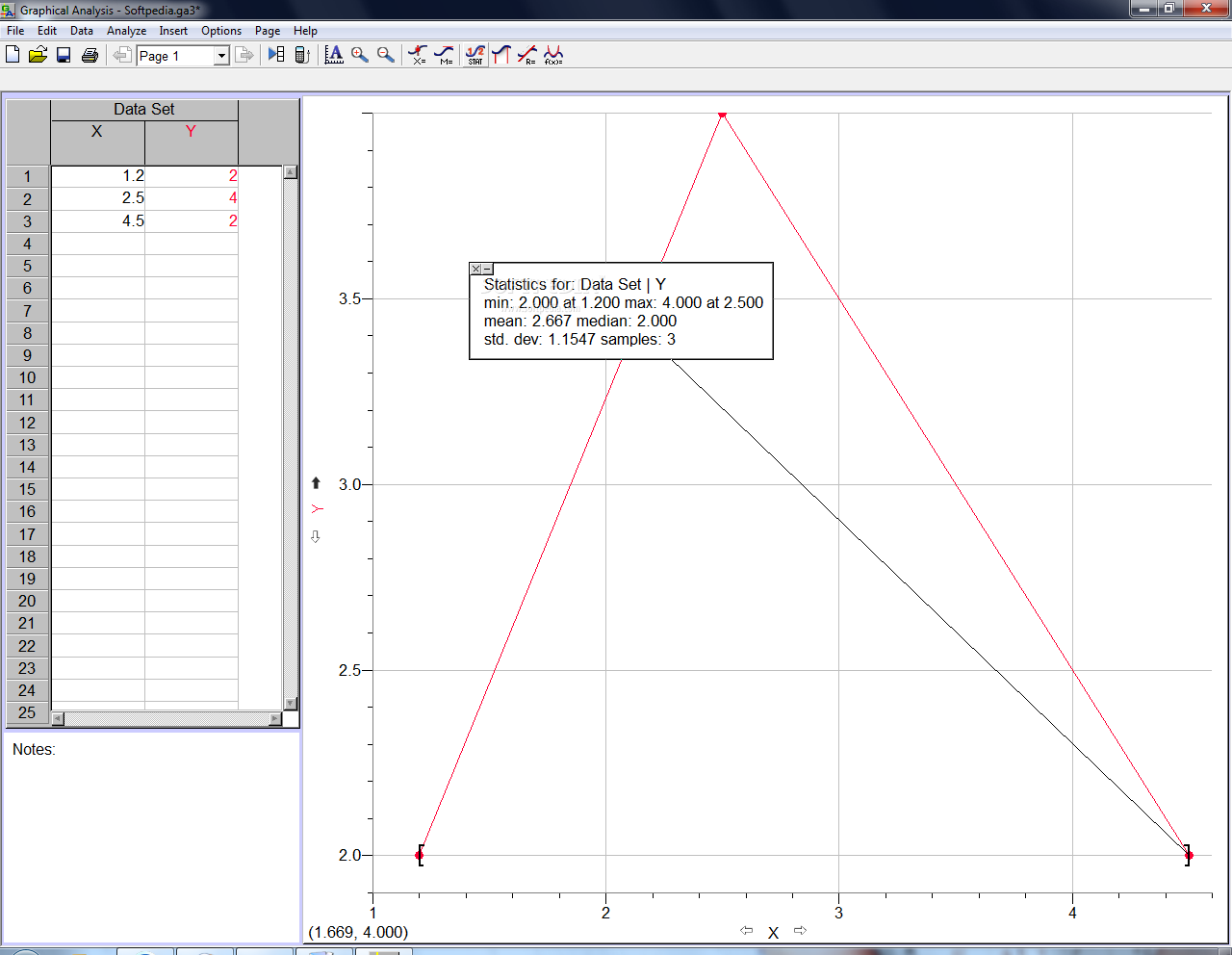
You could potentially separate the data levels further into “low-to-moderate” or “moderate-to-high” as in the second graph below.


Look at the graphs below in the first graph if the plotted data points fell into the top section they would have a “high level”, if they fell into the middle section they would have a “moderate level” and if they were in the bottom section they would have a “low level”. The level of the data relates to the “position” of the data set taken from the Y-axis. Matt’s spellings) it suggests that the teachers do not have control over the teaching method and the tactics being used might need to be changed. It is an important tool for understanding sources of variation in the data and thereby helping to better understand the process and where root causes might be. In general, if the data has high variability (e.g. Graphical Analysis allows to quickly learn about the nature of the process, enables clarity of communication and provides focus for further analysis. When interpreting the variability of Jane and Matt’s data, you would say that Jane’s responding is "stable" while Matt’s would be regarded as "variable" or even "extremely variable". The data for Matt’s percentage of correct spelling changes or “varies” greatly over the 10 days and does not remain stable at all. The plotted data for Jane shows her percentage of correct spellings remains stable around 80%. Jane's data is stable while Matt's data is extremely variable. Take the two graphs below that show hypothetical data of the percentage of correct scores on a spelling test over 10 days for 2 children, Jane and Matt. The variability of data relates to how different or “spread out” the scores are from each other. When the data is plotted, there are 3 properties that are used to identify what is “going on” with the data these are the variability, the level and the trend. There are a number of different types of graphs used within ABA but we have selected only to discuss the line graph as it ‘is the most common graphic format for displaying data in ABA’ (Cooper, et al.

One of the primary ways this “contact” with the data is maintained is through graphs. They are similar to Cartesian plane x-y graphs, but while an x-y graph can plot a variety of x variables (for example, height, weight, age), timeplots can. The types of data that can be collected are numerous but the purpose of collecting data is to allow those running the interventions to ‘maintain direct and continuous contact with the behaviour under investigation’ (Cooper, et al. This data could be the percentage of correct spellings in a test, or the amount of requests made by a student to take a break from work, or the amount of time a student spends out of his seat in a classroom. When running Applied Behaviour Analysis interventions, data is continuously collected on the targeted behaviours because it allows those running the programmes to identify whether interventions are working or not. Visual Analysis of ABA Data “Behaviour Analysts employ a systematic form of examination known as visual analysis to interpret graphically displayed data." - Cooper, Heron and Heward (2007, p.149) Recording Data for Analysis


 0 kommentar(er)
0 kommentar(er)
